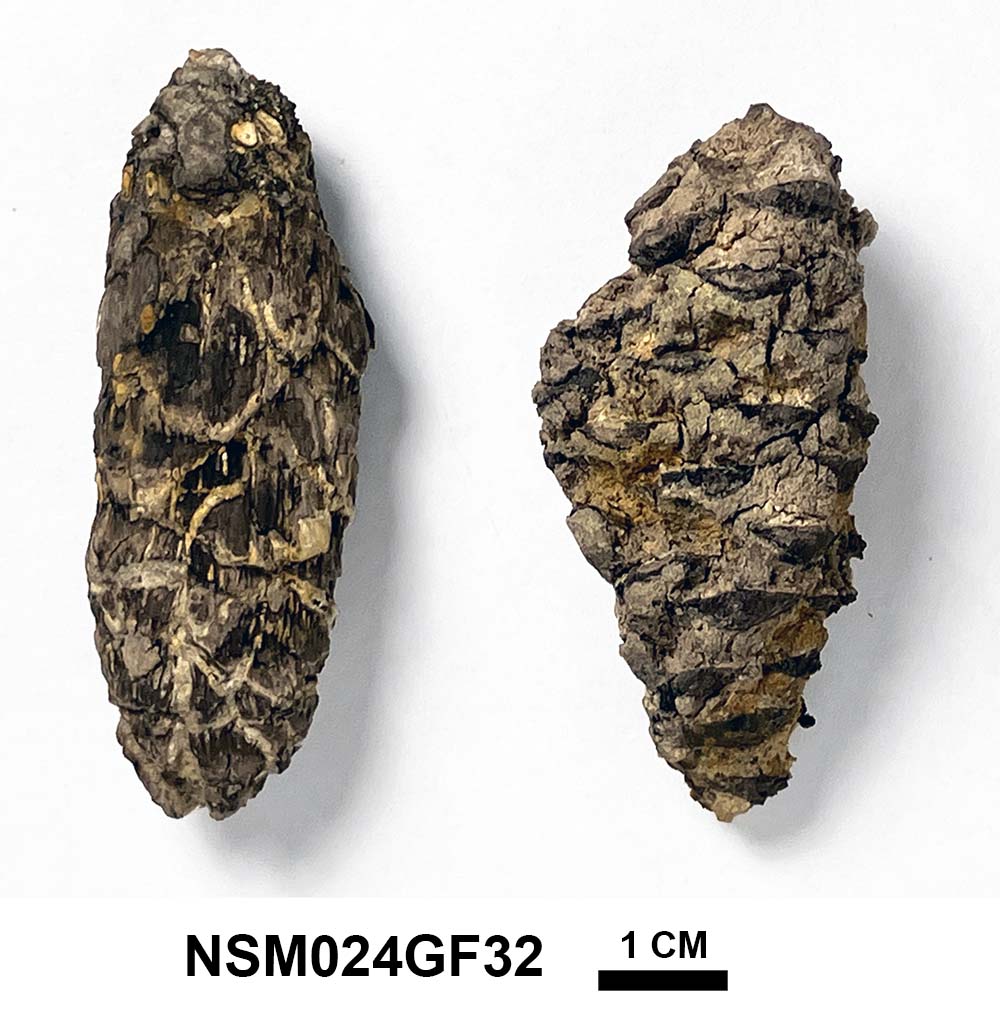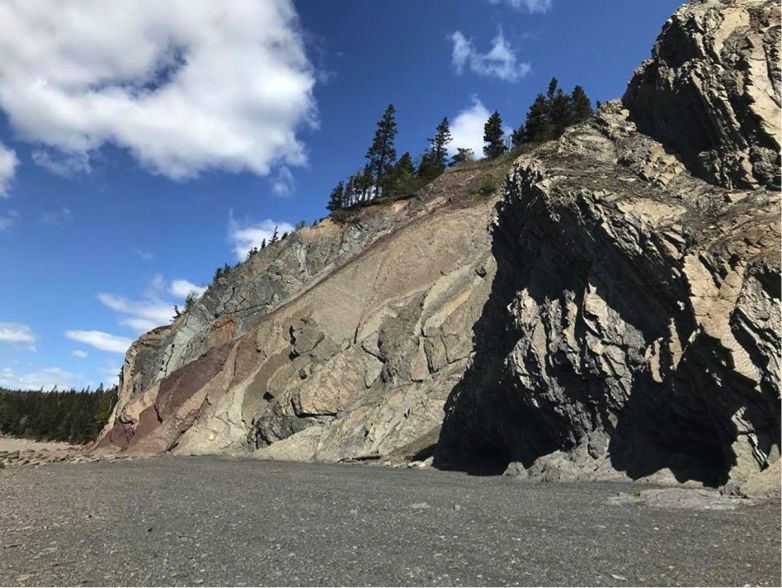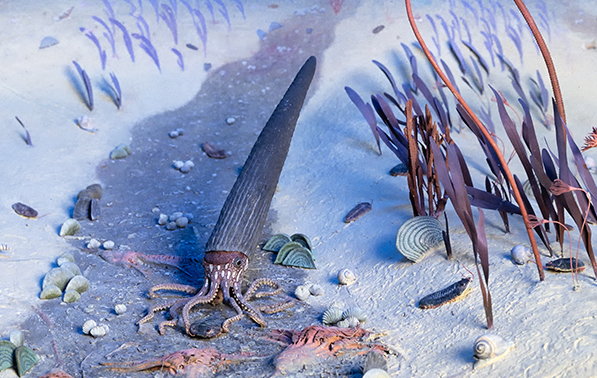Introducing a new discovery in Nova Scotia of fossil pine cones that may be from the Age of the Dinosaurs and up to 140 million years old.
Geology
By Carly Merriam
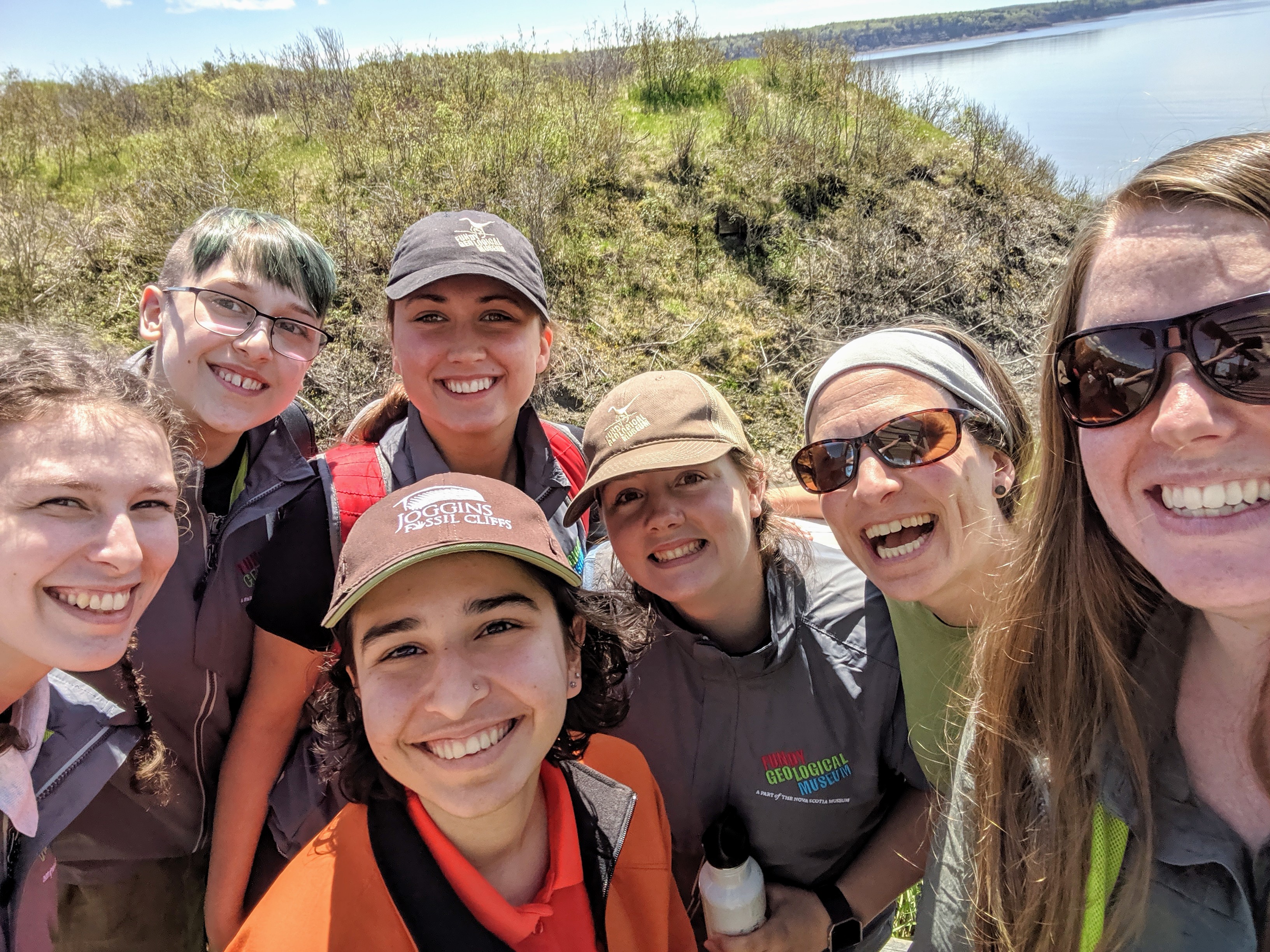
Nov. 20, 2020
We asked the Curator of Palaeontology at the Joggins Fossil Institute, Melissa Grey, Ph.D., and the Director/Curator of the Fundy Geological Museum, Danielle Serratos, M.S. to answer a few questions about the museums they work in and why those institutions are so important to Nova Scotia and the world.
By Regan Maloney
I drive a 2006 Saturn Ion. One museum visitor this past summer exclaimed in the parking lot that it was, “the first fossil that they would see today”. The Saturn Ion went out of production in 2007 so they are becoming a rare sight on the roads. It’s my personal living fossil.
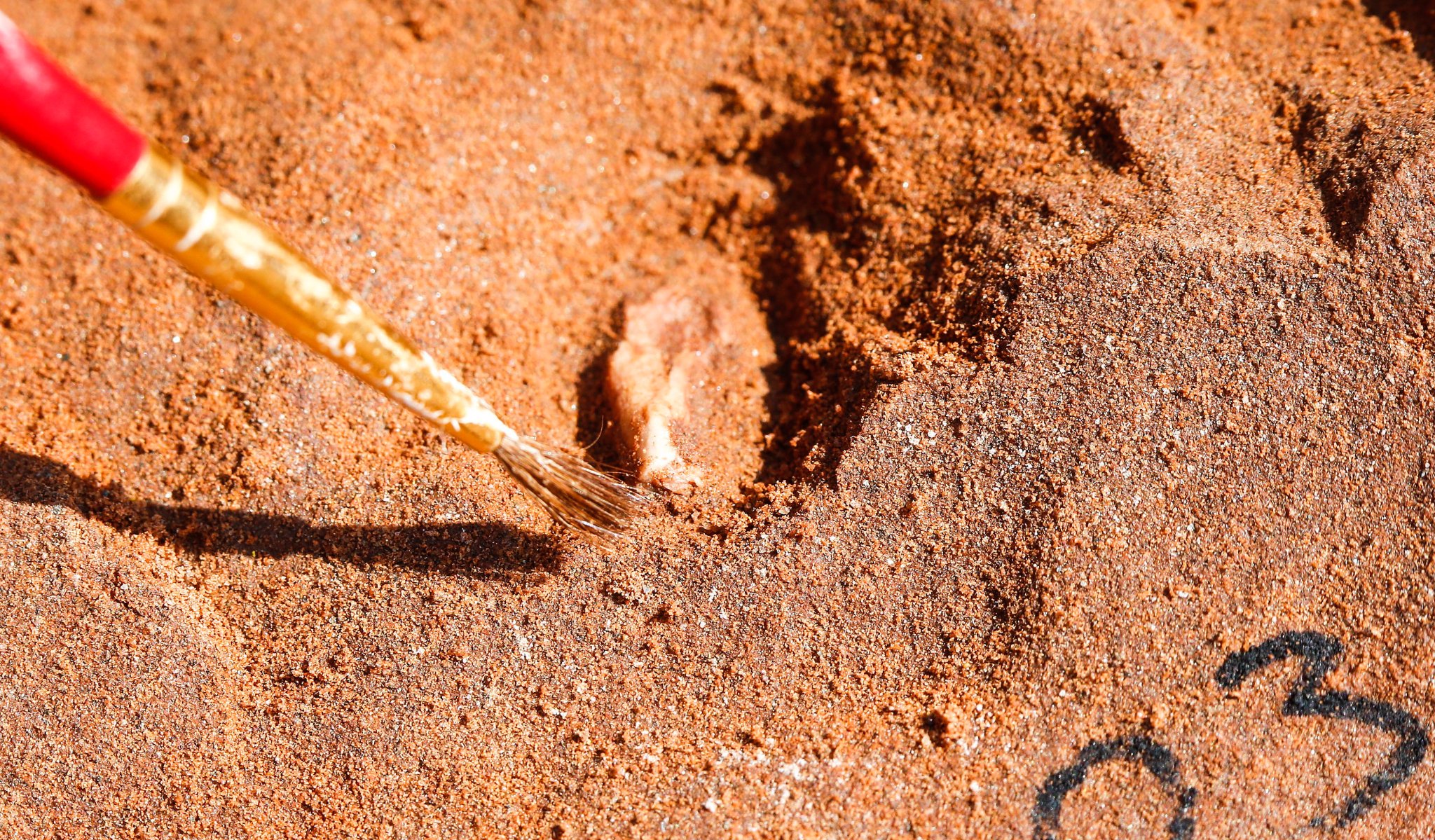
During the summer, Museum staff are busy with field work and responding to public inquiries about potential fossil finds.
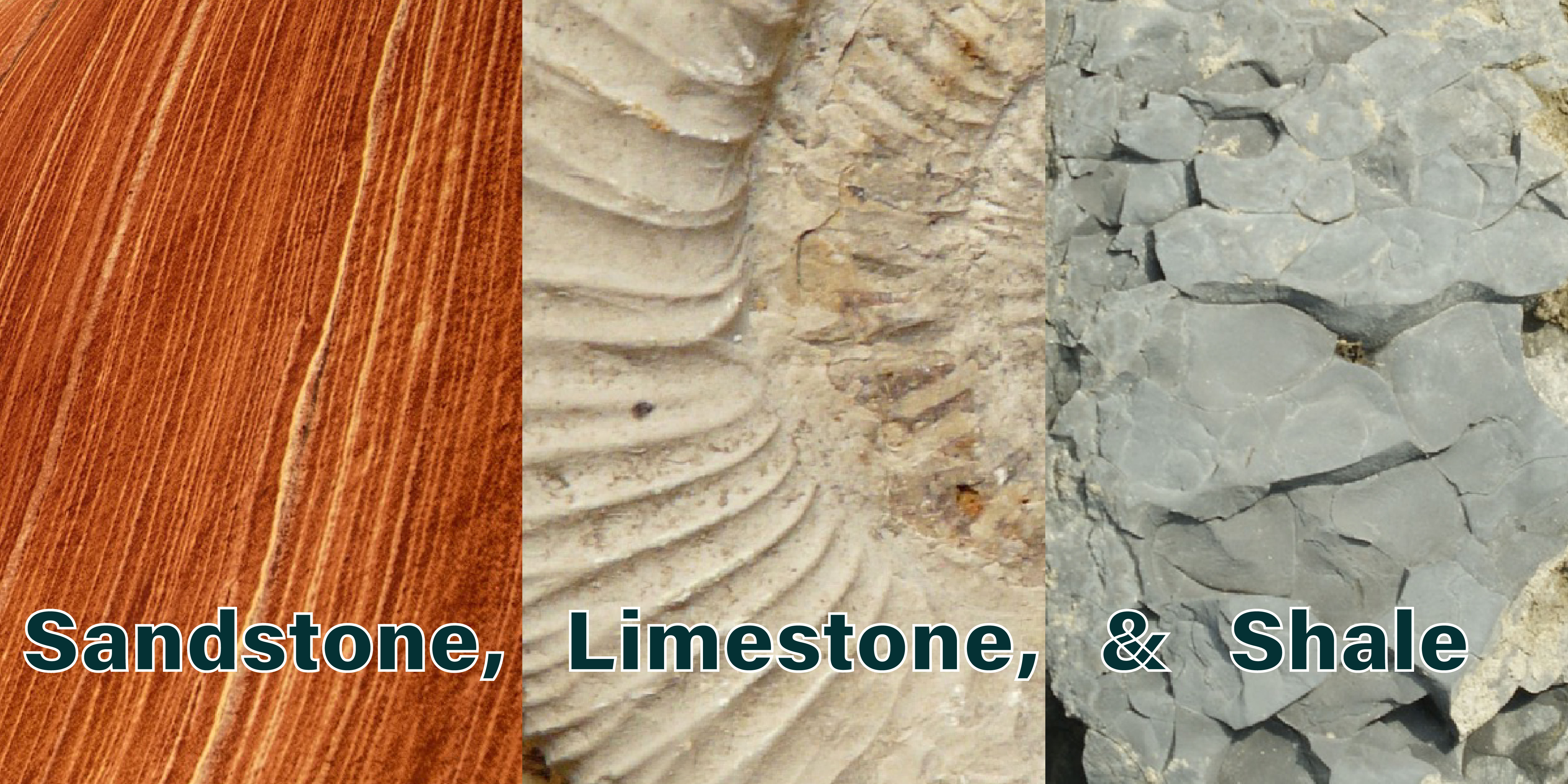
By Danielle Serratos on May 2, 2020
Here’s a test- Which of the three rocks in the picture above is a fossil? Got it picked out? Alright, moving on…

By Regan Maloney April 23, 2020
One of the most common questions we get on our guided tours to the Wasson Bluff fossil research site is, how do we know the age of the rocks?
The age of a rock can be determined using two methods: relative dating and radiometric dating. Question answered. I’m sure you found that brief answer satisfying. No? I guess I will elaborate…
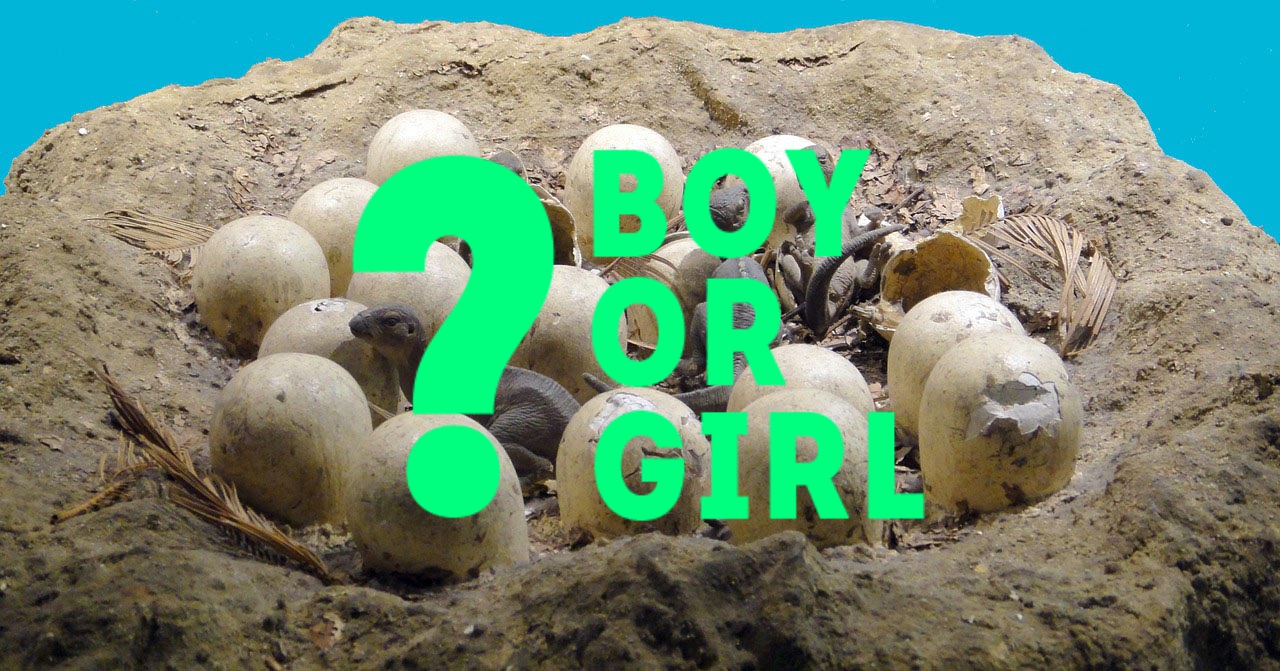
Determining the sex of a fossil
By Danielle Serratos on April 18, 2020
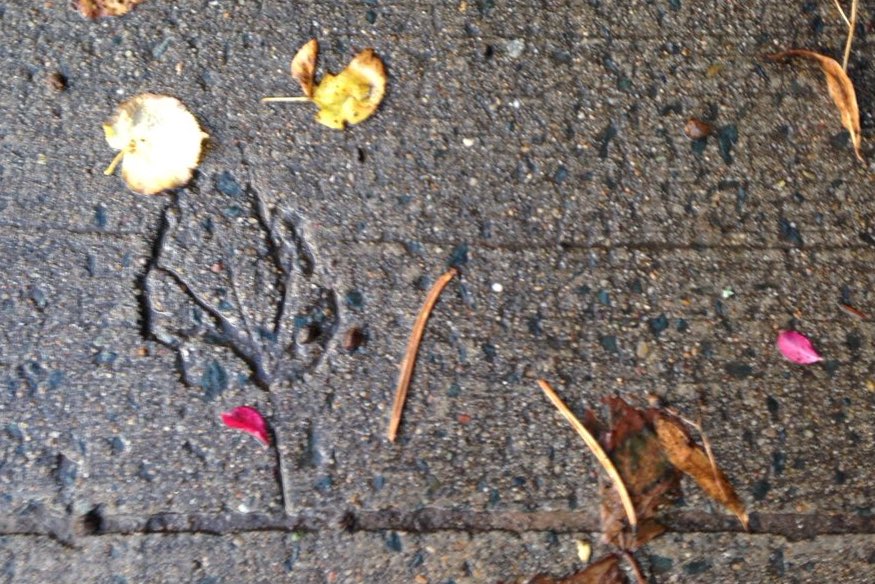
-----
PLEASE NOTE: At this time, people should stay within their neighbourhood and observe the Province’s minimum recommended social distancing from other people of two meters or six feet. For the latest information about the pandemic and public health recommendations, please see the Government website about Coronavirus https://novascotia.ca/coronavirus/.
-----
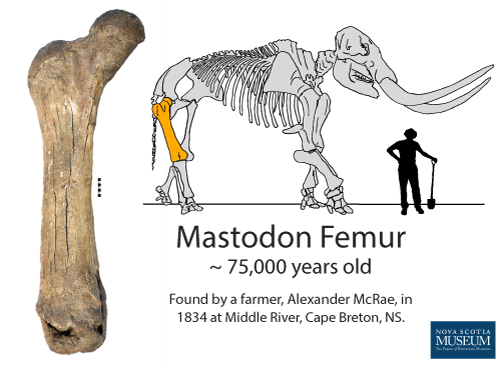
The Mastodon femur recently put back on display at the Museum of Natural History, was found in Middle River, Cape Breton, Nova Scotia. This bone has a big history!
Big Sandy
The huge bone was discovered by a Alexander McRae in 1834. Alexander's nick-name was "Big Sandy". We don't know if the Mastodon was a male or female, and it was found along the banks of the river, so Big Sandy might be a good nick-name for this historic femur.
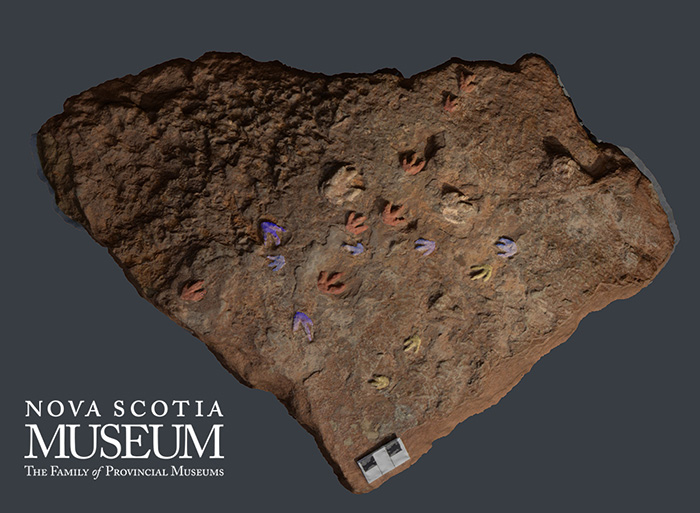
By: Dr. Tim Fedak, Acting Curator of Geology, Nova Scotia Museum
Nova Scotia is becoming known globally as an innovative centre in the use of 3D visualization for research and industrial projects.
A small workshop was held at the Nova Scotia Museum in May that highlighted several 3D digitization projects.
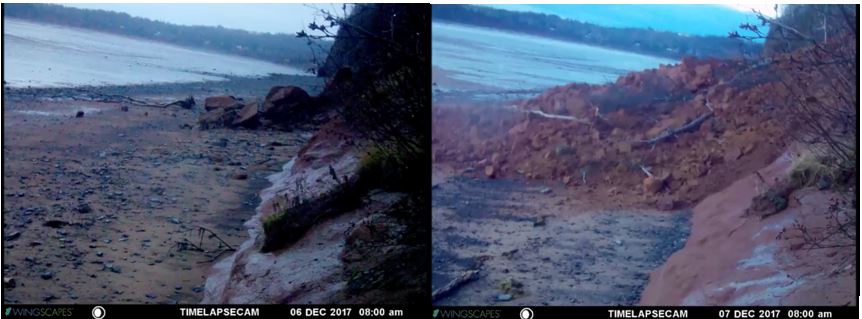
By: Tim Fedak, Acting Curator of Geology, and Regan Maloney, Fundy Geological Museum.
The phenomenal power of the Bay of Fundy tides is one of the great wonders of the world. Twice a day 160 billion tons of water flow in and out of the Bay of Fundy. The tremendous amount of water causes regular coastal erosion.
